It is that time of year again. Our primary severe weather season in North Alabama and Southern Middle Tennessee is in March, April, and May. We do have a secondary peak in the cool season, usually the month of November. We can really have severe weather, including tornadoes, any time of the year, but these are the times to pay especially close attention. Right now is when Winter is trying to give way to Spring, and we get a lot of cold fronts where the clash of air can make things volatile.
The best way to get alerts about severe weather in your home is a NOAA Weather Radio. (Never rely on an outdoor siren as your primary source.) I like the Midland model, which is easy to set up and takes AA batteries for backup. (This can really help you out if there is a power outage, especially if the weather gets bad in the middle of the night. Which happens a lot around here.)
Another reliable way is a service such as WeatherCall (which works for cell phones and landlines). And of course, the bare minimum is having Wireless Emergency Alerts enabled on a cell phone. Even if you don't want to be bothered by them most of the time, enabling them for a stormy day (or night) won't hurt anything, and might get your attention if things do turn serious.
If someone doesn't have access to any of these, then I doubt they're reading this blog post. But just on the off-chance, you can always find a reliable local radio station that will break in during severe weather, and leave that playing as you go to sleep at night. That's more likely to wake you up than leaving the television on, because they tend to use that official alert sound that is hard to snooze through.
In all seriousness though, sometimes the people most vulnerable to severe storms are concerned about the price of things like a NOAA radio. And I will just tell you that for the one-time price of $30-40, you will get many year's good out of it. I have had mine for more than a full decade, and even though the top of the antenna got broken off at some point, I still get great reception. A good rule of thumb is to change the batteries in it whenever we change from Daylight to Standard time, or vice versa. Sort of like you try to remember to change out batteries in things like smoke detectors. In this part of the world, weather radios may be just as important, especially since so many people live in mobile homes. Which are very vulnerable to tornadoes and severe thunderstorms.
So let's get into that. What makes a thunderstorm severe in the first place?
It is not because it has heavy rain, or a lot of scary thunder and lightning. Though those things can be included.
What makes a Severe Thunderstorm is that a thunderstorm has winds in excess of 50 knots (which translates to 58 miles per hour) or hail that is at least an inch in diameter (that's the size of a quarter). Obviously some storms are going to have both, and sometimes a severe thunderstorm ends up producing a tornado.
If you don't know what a tornado is, you have not lived around here long. Technically it is a violently rotating column of air extending from the base of a thunderstorm down to the ground. Especially around here (where a lot of them are wrapped in rain, from what we call "high-precipitation" storms), you may not always see the funnel extending to the ground. What counts is whether there is wind doing damage down on the ground. Before a tornado touches down, it is technically a funnel cloud. And often before that, there is a lowering called a wall cloud. This post isn't going to go into heavy meteorology though. If you want to learn that, then you need to take a SKYWARN class - which are free to the general public, by the way. (I used to not know about that. So I don't assume that everyone does.) This blog post is focused on what you need to do to keep yourself and your loved ones safe when this kind of weather does happen.
So to finish up our definitions:
A Tornado Watch means that conditions are becoming favorable for the development of severe thunderstorms, capable of producing tornadoes, in and close to the watch area. These are usually issued for many counties at a time, sometimes stretching across more than one state. People in these areas need to remain alert for rapidly changing weather conditions, and listen for later statements and possible warnings. Whenever you find yourself in or near a watch area, you need to prepare to be able to go to your place of shelter within five minutes if you do get a warning, or if threatening weather approaches.
And that's an important point that you probably hear more old-timers talk about than people in the modern day. But once in a while, a damaging wind event, or even a tornado, can get going before a warning is issued. So if the weather turns ugly in a hurry, and you feel you and the people around you may be in danger, it is all right to go ahead and take shelter, as a course of least regret. Especially if you are in one of those areas of poor radar coverage, I would encourage you to trust your instincts. Before we had dual-polarization radar and instant communication over the internet to share pictures of storms or damage, people watched the sky, talked to each other about the weather, and trusted their best judgement. There is still something to be said for that, along with relying on modern technology and communications.
A Tornado Warning means that a tornado is trying to develop, or is already occurring, based on radar data and/or a reliable report. If you find yourself in a tornado warning polygon, the best thing to do is to get to shelter right away, and gather more information from a safe place. With cell phones as advanced as they are now, this is easy to do. Of course, you can also take a laptop, radio, or other device with you, or just turn up the volume on your television set. You'll think of something, but the most important thing is to get to that safe place and stay there until you are sure the danger has passed. A lot of people want to wait to see or hear the tornado first, and in Alabama and Tennessee, with all the hills, mountains, and trees, that can be a dangerous, even deadly mistake. Even without the trees and hills in the way, a lot of our tornadoes are wrapped in rain, so that not even an expensive camera network owned by a TV station is going to be able to get a good look at them. Even people who are trained and know how to chase storms around here run into this problem a lot. So when you get a tornado warning in this part of the world, best thing to do is shelter first, ask questions later.
The basic idea for sheltering from a tornado is to be in a sturdy house or other strong building that is properly anchored to the ground, as low as you can get, and as near the center as you can get.
The guidelines I learned growing up were:
* Stay away from windows (and doors that lead to the outside).
* Get to the lowest floor (obviously that's a basement if you've got one, if not, then the ground floor).
* Try for a small room - like a bathroom, closet, or hallway - where the walls are a lot less likely to collapse under the pressure of the winds.
* Make that safe room as near the center of the structure as you can. Or think of it as putting as many walls between you and the storm outside as possible.
* Cover your body in case of flying or falling debris, especially your head and neck.
For that last part, blankets and pillows are good. Especially if you have kids (whose heads are more vulnerable to injury than adults'), some kind of a safety helmet is even better. For little kids, you might consider using car seats if you don't have something like a bike or football helmet.
And even in a basement, it can be a good idea to get up under something sturdy if it is available, like a table, desk, or workbench. Or a basement in a library I used to go to had a stairwell that was under the ground, where you could get up under the stairs. Things like that provide excellent protection.
Obviously if you have an actual storm shelter, then you are in great shape, and may not need much of the advice given in this post. But I'm looking out for the people in average circumstances.
And let's face it, an awful lot of people live in mobile homes, manufactured homes, trailers. Which are about the worst place you can be during a tornado. So if you live in a mobile home, you need a plan in advance to go to somewhere that affords better protection.
If you have a good friend or family member with a sturdy house or a storm shelter, then that is ideal. But a lot of people have to rely on public storm shelters. Just be sure to get there well ahead of the severe storms, so that you don't get caught driving through the weather.
If you have a hard time finding a public shelter near you online, you can contact your county's EMA office for that information. This is not something to call their emergency number for, but calling the non-emergency number ahead of time, when the weather is still quiet, while making your plans, is a good idea. So here is a list for Alabama and for Tennessee.
Definitely don't get caught driving through severe weather. Any route you drive regularly (to work, to school, et cetera), you need to have at least three or four places worked out in your mind, that you could pull over and get inside for shelter, if you ever need to.
A car is almost as dangerous to be caught in during severe weather as a mobile home. Here is a video of even a weaker tornado going through a parking lot in South Carolina a few years ago. And it can be a lot worse.
So basically, you need a reliable way to get watches, statements, and warnings.
You need to remember the difference between a watch and a warning.
And you need a safe place to go within five minutes of going under a warning polygon.
That needs to be a sturdy house (not a mobile home, even if it's tied down), and a small space in there where you can get down low and near the center of the house.
And of course, if you have access to an actual storm shelter, that is even better. Most people don't have that, which is why I'm rattling all this off.
If you have time to think about it or prepare beforehand, it is good to be wearing shoes when you take shelter, and your strongest pair or even some boots with hard soles, if you have those. Because if you were to take a hit from a tornado, you might come out to some broken glass and other debris. People tend to go into a state of shock similar to after a car accident and might not feel when they are walking over sharp things. Also if you have the presence of mind to notice it, after a tornado, be very careful not to walk over any downed lines. Go ahead and assume that any power lines are "live" and don't touch them or get near them.
Another idea is to have a noisemaker such as an air horn in case you were to be trapped by debris (not trying to scare anyone, but a lot of times, it pays to think worst-case scenarios and then work our way back from there), can give that a squeeze and alert emergency workers to where you are. And it wouldn't hurt to have other things like a first-aid kit, maybe some snacks and bottled water for everyone, a flashlight.
These are all things to consider, but the main thing during a tornado is just protecting your life, and the lives of the people you are with. If you want to take every precaution and preparation within your means, hey, I think that's great. But you really can get by with only the basics:
* Be in a sturdy building.
* Get as low as you can.
* Get as near the center as you can, preferably in a small space.
* Protect your body from falling or flying debris, especially your head and the back of your neck.
That's all the protection you are likely to need in 9 out of 10 tornadoes.
So if you're a pretty laid-back person, just keep those basics in mind. Use them if you ever need them.
If you are more of a nervous person, or have had a bad past experience with a tornado, then you may find this page by our friends at the National Weather Service in Paducah, Kentucky to be helpful.
I wish there were more people in this world like my great-grandmother. After the generational tornado outbreak of 1974 (similar to the one we had in 2011, which she also lived through), she quit going to her friend's storm shelter and had one built on her own land. And anybody who needed it was welcome there. Once in a while, some friends would show up from miles away during a tornado watch. Even before that outbreak, she knew a family that was killed by a tornado that was rated F-4 and blew up their new house over the highway. There is a part of me that still hopes that some people in at least the smaller communities who have seen some rough times with severe weather in the past, will go the extra mile to protect themselves and the people around them. That helps calm everyone down when the weather shows its worst. And while I'm glad the public shelters are there, it is a different vibe when it's family and friends getting together to keep each other safe. Some of the adventures we had in that old storm pit remind me why most public shelters do not allow pets. (Haha . . .) But if you do have a storm shelter or a good basement, please consider helping people out who don't have that. Ditto if you have the only sturdy house on the block, and everybody else is in mobile homes. If you can safely do so, I encourage you to let people know that they are welcome.
There are exceptions to most rules, and you have to use common sense. When I was talking about sheltering, I said to get to the center of a structure. But the idea is to put as much barrier between you and the outside as possible. One time, I lived in a house where my brothers' rooms were both in the basement. My youngest brother's room was an open area with windows and was near a door that opened out at ground level, to the outside. It was more near the center, technically, than my other brother's room. But my other brother's room had a small closet. That closet was the deepest spot in the ground, and it also had the most walls between it and the outside, of any other spot in that basement. Even though there was no door on that closet, it was the safest spot by far. I used to take my cat in there and cover us up with blankets. Usually our father stayed upstairs, my brother whose room it was thought he was good enough staying in bed, and our youngest brother just didn't care. The cat usually wanted inside, but strangely, when forced into a closet, acted like she wanted back out. The landlord didn't want her inside, but we made an exception for tornado warnings.
By now I think you get the main ideas.
One very important thing that my great-grandma kept with her was a map of the state of Alabama. It is amazing how many people have no clue where they live on a map. And this is in the era of Google Maps, when it is much easier to find out, without anything on paper.
Thank you to the fine folks at geology.com for providing maps that show not only counties, but the main city within each county. And like I say, if you want to learn more about your local geography, it is a lot easier to do than the days when you needed a printed map or an atlas. The technology is here, let's make good use of it.
Especially if you need to bug out of a mobile home and get to a better shelter in advance of storms, it can be a good idea to do that while the severe storms are still a county or two away. Usually they will be coming from the West or Southwest. If you read the full text of a severe thunderstorm or tornado warning, it tells in what direction the storm is moving.
Hope that helps. If you follow even half this advice, you'll probably be just fine if a tornado does ever cross your path. Try to make your plans while the weather is calm, not at the last minute.
A thought about severe thunderstorm warnings: Most people I know just sit there and don't do anything. Opinions will vary on what you should do, but at the very least, I would get away from windows. And again, you might want to check the text of the warning. Sometimes it makes a note that there is weak rotation and that a tornado is possible, or that the winds are thought to be really strong, like 80 mph or greater, which can do damage similar to a tornado. Sometimes I've taken full shelter for a severe thunderstorm warning. It just depends on the situation. And a really good argument for taking those warnings seriously (especially if the environment favors tornadoes) is that the November 1989 Airport Road tornado in Huntsville came out of a Severe Thunderstorm Warning. The tornado dropped on Redstone Arsenal, and the Weather Service had to go live on weather radio and say, "TORNADO WARNING HUNTSVILLE!" before they even got the Tornado Warning written up. I heard Bob Baron give a talk describing that one time.
And with all this talk of the worst the weather can do, I think it's worth mentioning that we need storms to keep the atmosphere balanced out. Most of them do not produce tornadoes, and the chances of being hit directly by a tornado are always on the low side, even on a high-risk severe weather day. Most tornadoes are easy to survive as long as you are in a sturdy house rather than a mobile home or a vehicle; by taking a few simple precautions. I'm sure you're heard the old saying that April showers bring May flowers.
If you ever get down to a last resort situation where you are caught in a car or a mobile home, no decent shelter nearby, and a tornado is approaching, what I would do is lie flat in an unflooded culvert or ditch, or even on the flat ground, covering back of head and neck. Storm chasers especially like to argue whether they'd take their chances staying in the car or getting outside, down low. But nobody advises staying in a mobile home. And even in the F-5 tornado (or E/F-5 if you want to get technical) that hit Hackleburg and Phil Campbell in 2011, I remember a story of at least one couple who left a mobile home and survived by taking shelter in a ditch. If they can survive in a rare, worst-case scenario like that, then you know people have survived lesser tornadoes that way. I remember a story from 2008 where a trucker survived by leaving the vehicle at the last minute, although all he had time to think to do was hang on to the nearest tree. He was injured, but the injuries were minor, like just banged up and minor cuts. The vehicle was found thrown some distance away.
Bottom line, the odds are in your favor, especially if you do the right things. So while the weather can get a little scary this time of the year, it's nothing to get overly worried about, but it is worth having a healthy respect for. And I'm just trying to do my part by sharing what I've learned over the years.
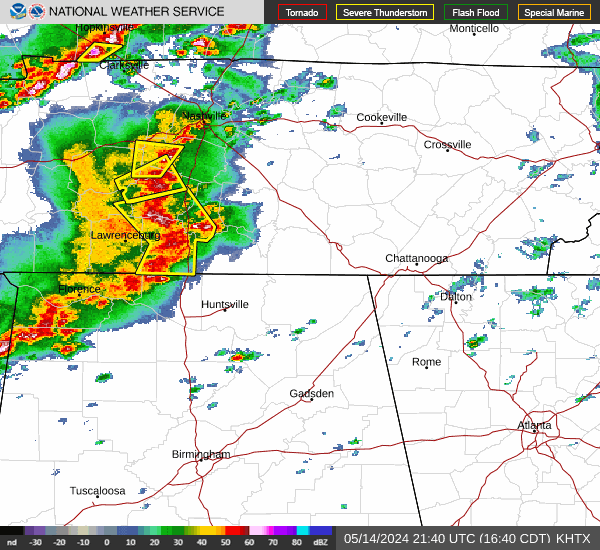
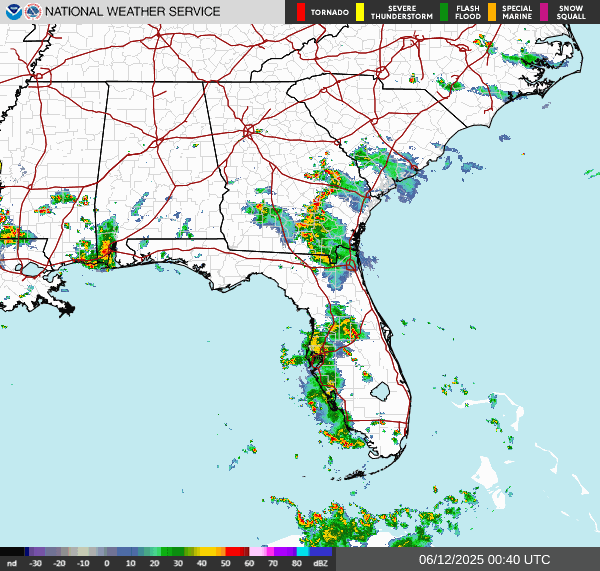




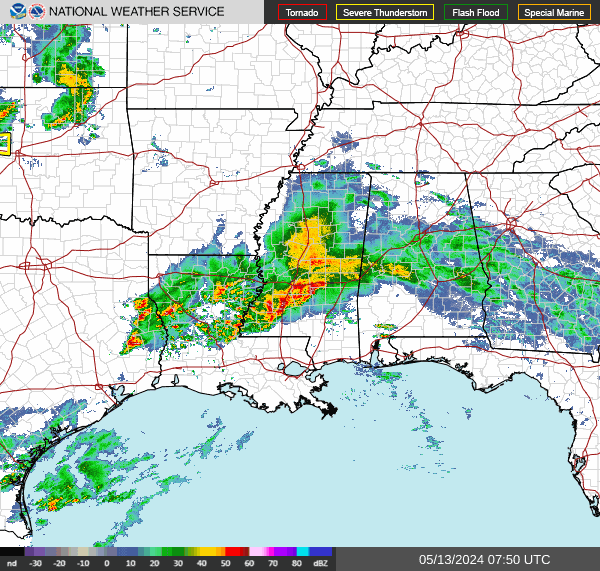
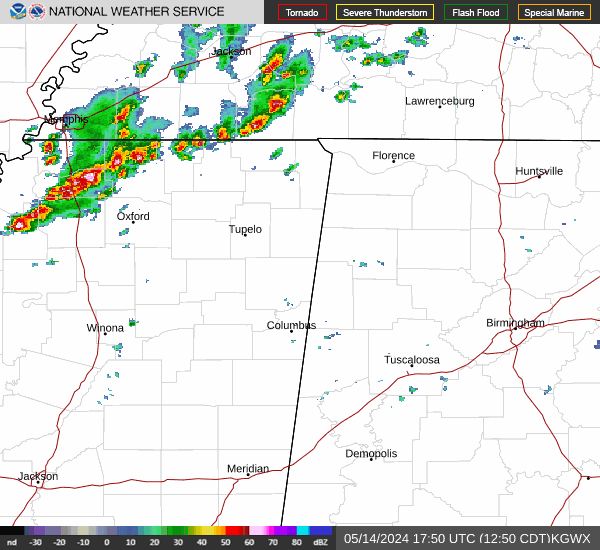
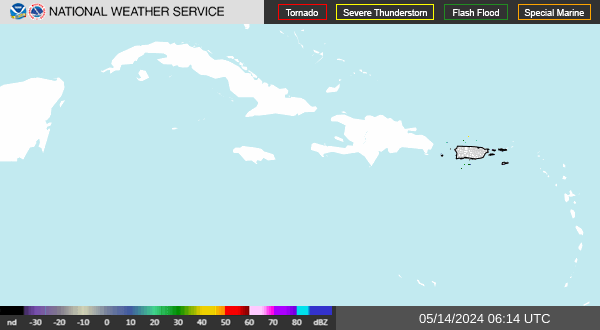



No comments:
Post a Comment